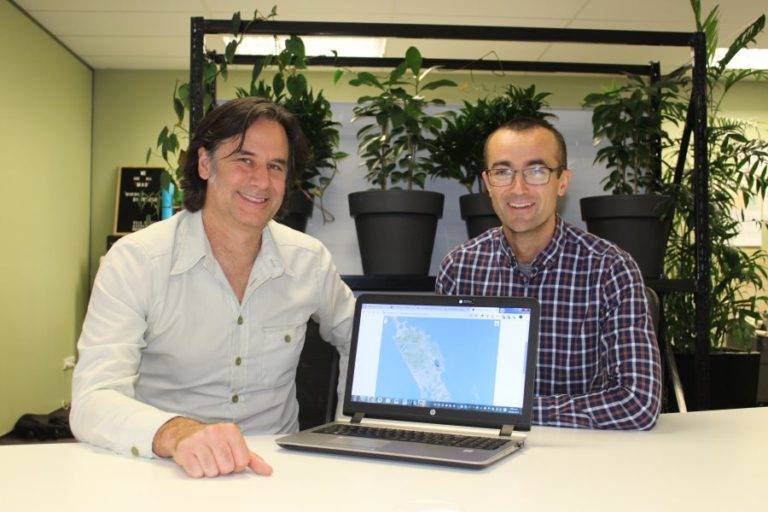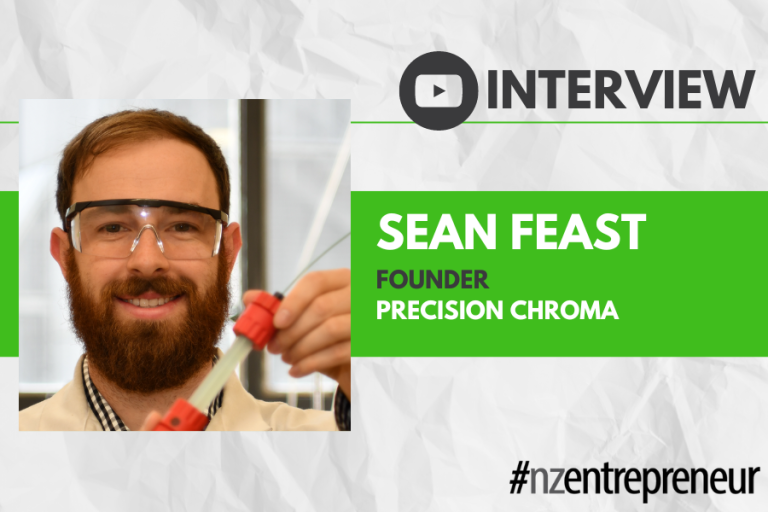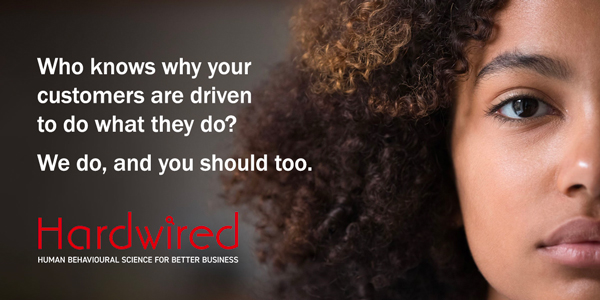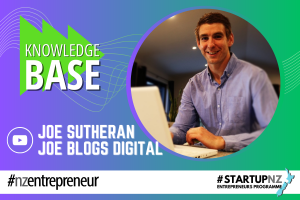
Most people will probably associate the words influence and persuasion with the sales process. However, influencing – getting another person to accede to your requests – is at the core of most soft skills, including leadership, negotiation and teamwork. All of these functions require us, at some stage, to influence and persuade others.
It may be influencing customers, colleagues, friends – even our children – to buy, do, accept or believe in something or someone. The ability to influence others in an ethical manner is a greatly underrated competency and one that many of us do not do well. However, research has highlighted that persuasion skills can be learnt by almost any individual. Enter, Dr Robert Cialdini.
If you want to sell anything, influence anybody or motivate action I urge you to read Cialdini’s brilliant book, Influence, Science and Practice. Cialdini is a psychology professor at Arizona State University. He is the most cited social psychologist on the subject of persuasion in the world.
As the book’s title states, the content is based on science – Cialdini has examined hundreds of psychological experiments on persuasion to form his core thesis. But what’s really impressive is that he actually took three years off to work as a ‘spy’ in a number of jobs to understand how his theories held up in the everyday working environment.
Cialdini’s influencing theories centre on six key constructs that are easy to learn and apply. They are:
- Reciprocation
- Commitment and consistency
- Social proof
- Likeability
- Authority
- Scarcity
Let’s have a brief look at each.
Reciprocity
People are more willing to comply with requests (for favours, services, information and concessions) from those who have provided such things first. This is the old ‘give and take’ scenario – if I do this for you, maybe, in the future, you will do something for me.
This form of influencing is used in many ways – gifts, concessions and exclusive information are common tools of reciprocity. One place you see this tactic used is in supermarkets; merchandisers offer you free food to taste, you reciprocate by purchasing. The key concept here is that when giving make it a gift, not a reward! Your actions must not be seen as coercion.
Commitment and Consistency
People are more willing to be moved in a particular direction if they see it as consistent with an existing commitment. An example of the commitment principle is used in retail sales – a good salesperson will try to get you to try something on because once you are committed to trying, you are closer to buying.
People will very rarely go against their own values and beliefs. Once a person makes a choice, or takes a stand they will encounter interpersonal and personal pressures to behave consistently with what they have previously said or done. Now you can understand why the power of getting a small holding deposit from a potential buyer works so well – they are now committed to moving forward.
Authority
People are more willing to follow the directions or recommendations of a communicator to whom they attribute relevant authority or expertise. For example, an expert witness talking in technical terms has more persuasive powers with juries than a lay eyewitness.
A tactic used a lot in advertising is to have recognised experts endorse products. Having Dr or PhD linked to a name adds persuasive power. Dan Carter sells a lot of men’s underwear to women who are buying on behalf of men. A double whammy here, Dan has authority and attractiveness (see below). The biggest symbols of authority are automobiles, clothes and titles.
Social Validation
People are more willing to take a recommended action if they see evidence that many others, especially similar others, are taking it. We live in a busy world with no time to fully validate our decisions, so many times we rely on what others are doing. If many people are doing it, it must be right – or is it?
Have you ever noticed how a small group will attract a crowd and a crowd attracts a mob? If a street performer can get four or five people to stand and watch, I guarantee there will be 20 or 30 people there within a minute or two. If two or three people throw money into the hat, many other coins will follow – that’s why buskers always seed their violin case with notes and coins.
Here’s a little test you can perform. When next in a crowded area with a couple of mates have the three of you all look up into the sky – I guarantee everybody around you will start doing the same.
Scarcity
I love this one; it sucks me in all the time. People find objects and opportunities more attractive to the degree that they are scarce, rare, or dwindling in availability. Air New Zealand’s current ‘grab a seat’ campaign plays on this scarcity principle. Think about the one-day sale or tickets to a popular concert/event that last sold out in 30 minutes.
The interesting psychology working here is that people fear loss more than they want gain. Telling someone they will lose $1000 a year if they don’t take action is more powerful than promising they will make a $1000 by taking action. Another tip: numbers are more powerful than time, as it creates competition.
Likability/Friendship/Attractiveness
Yes folks, beauty does sell. People prefer to say yes to those they know, like, find attractive or are similar too. It’s a proven fact that voters will be more swayed by an attractive, friendly candidate than policy. I’ll tell you one thing, there were many election billboards littering our streets in the recent election campaign that helped people to vote against a candidate!
Apart from people liking you, people will also be moved to say yes to your requests if you show them (naturally and sincerely) that you like them. All of us are suckers for flattery!
Measuring, Predicting and Learning Influence
The science of influencing can be learned; however, a person’s ability to influence successfully is heavily driven by their personality. If they don’t have personality traits like resilience, optimism and assertiveness, no amount of training will make a silk purse out of a sow’s ear!
Personality can be measured. Influencing skills can be taught – you can’t have one without the other. So, if you are hiring or developing staff that need influencing and persuading ability (salespeople, outbound call centre operators, leaders, managers and marketers) it’s important to ensure they have the innate personality characteristics to drive this competency.
Assessing them through a valid personality profile will give you this important information. Then, introducing them to Cialdini’s six core principles of persuasion will be analogous to putting a strong sea breeze into their Kevlar racing sails.
The science of influencing is very powerful. Those who can understand the theories will be better equipped to generate change and growth in their businesses. But a word of caution – your influencing tactics must be ethical; people who use unethical strategies may win the first round, but will lose the match.
















